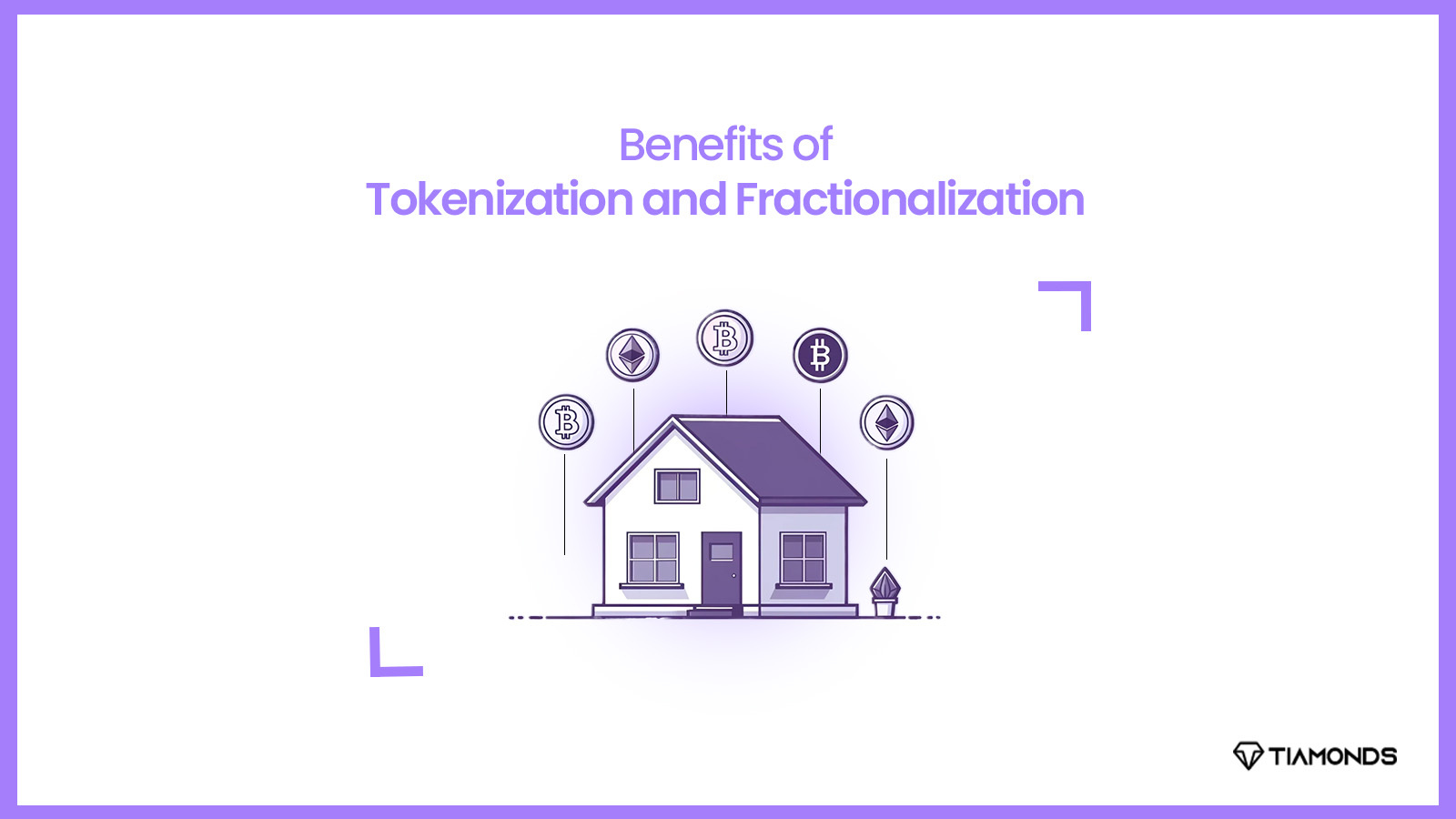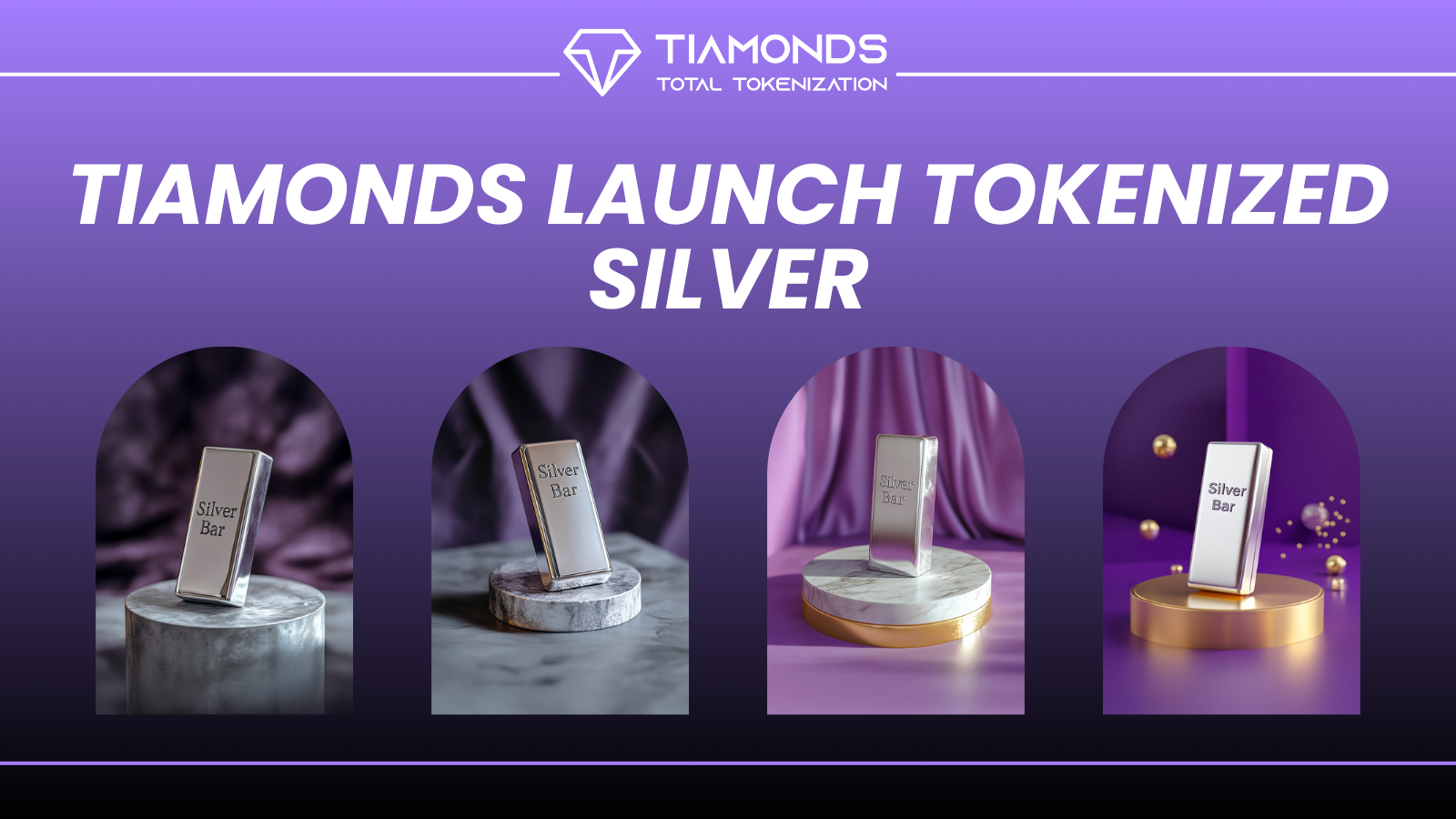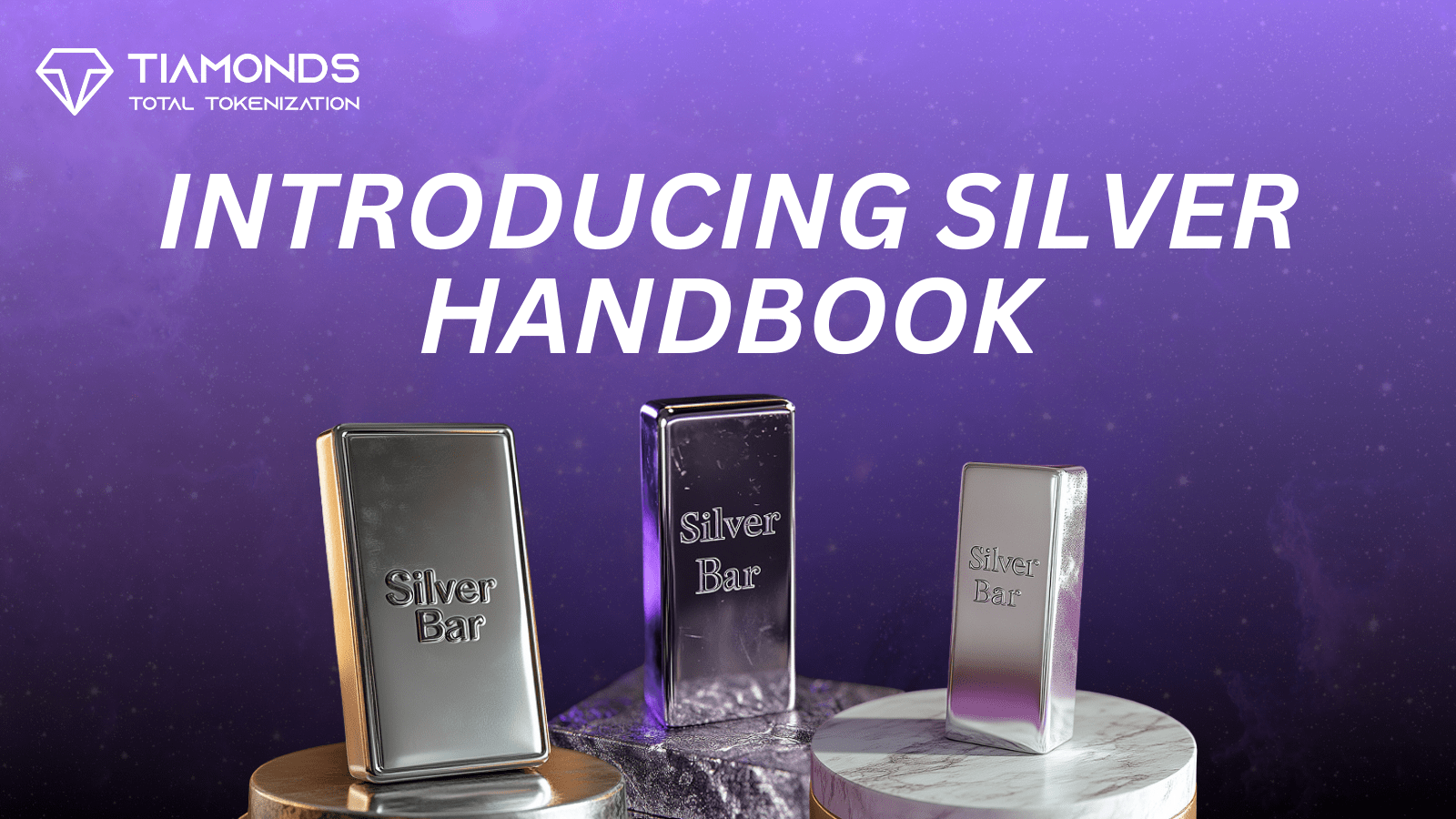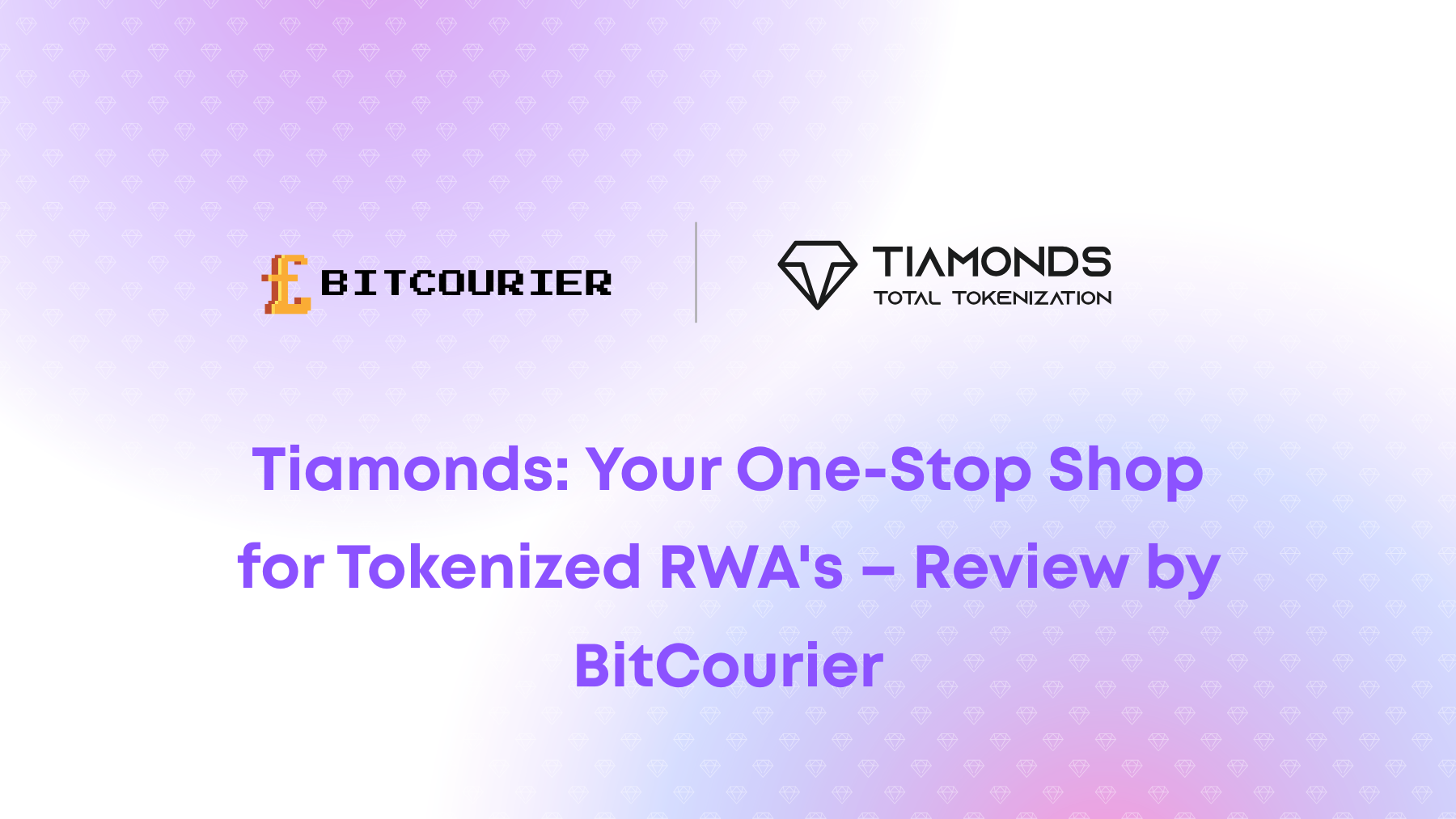In the context of finance and investment, tokenization and fractionalization have been attracting a growing amount of attention. Possession of a part or fraction of an asset that can be subdivided and sold to several buyers is referred to as fractional ownership. The process of tokenization involves converting an asset’s proprietorship into a digital token suitable for transacting on a blockchain network.
Table of Contents:
ToggleUnderstanding Fractionalization
Fractionalization is the practice of splitting a single asset into smaller, transferable units. These division, or shares, denote a proportional ownership interest in the asset. Fractionalization allows investors to acquire a certain amount of a highly valuable asset. Such as real estate, artwork, or luxury products, without the need to purchase the entire asset as a whole. This method democratizes investing, thereby increasing its accessibility to a broader spectrum of people who have different financial constraints.
Understanding Tokenization
On the contrary hand, tokenization is a state-of-the-art approach that entails the digitization of assets and their representation as digital tokens on a blockchain. Each token represents ownership of a portion of the underlying asset. Tokenization is applicable to a variety of assets, such as commodities, securities, real estate, and intellectual property. Assets can be transferred smoothly on based on blockchain technology platforms through tokenization, which enhances transparency and liquidity.
Major Differences:
Although both fractionalization and tokenization allow investors to acquire fractional ownership in highly valuable assets. They differ in several fundamental ways:
1. Technology: Conventional financial markets frequently implement the concept of fractionalization through mutual funds or asset-backed securities. In contrast, tokenization employs blockchain technology to establish an encrypted, clear, and tamper-proof account of asset ownership and trades.
2. Market Access: Fractionalization usually operates through banking institutions or asset administrators, whereas tokenization platforms offer direct access to investors. Thus eliminating intermediaries and reducing fees.
3. Liquidity: Tokenization’s blockchain-based technology facilitates real-time trading and improves liquidity. Thereby simplifying the process of purchasing, selling, and exchanging digital assets for investors in comparison to traditional fractionalized investments.
Benefits of Tokenization and Fractionalization
Asset tokenization is causing a transition in the investment landscape. The utilization of blockchain technology has resulted in the increasing accessibility of traditionally illiquid assets It includes real estate, art, and collectibles, to a broader market of investors.
Fractional ownership allows even small-scale investors to partake in the ownership of high-value assets. Thereby democratizing access to investment opportunities and promoting financial inclusivity.
Asset fractionalization through tokenization
Historically, real world assets have been the exclusive domain of the affluent, rendering them unavailable to the typical investor. Tokenization allows for the fractionalization of assets, dividing them into saleable fractions that even small-scale investors can own. This process unlocks liquidity in previously illiquid investments.
By increasing the marketability of assets, lowering barriers to entry, and presenting assets to a broader spectrum of investors, the combination of tokenization and fractionalized assets generates liquidity.
Empowering small-scale investors to democratize investments
Tokenization achieves asset fractionalization, democratizing assets and enabling even individual investors to participate. It is now feasible to acquire a position in a high-yield asset, such as a rare artwork or landmark building, rather than merely a pipe fantasy.
Blockchains enable the division of multi-million dollar assets into attainable increments for anyone with a web connection. Tokenization redefines traditional boundaries of asset ownership by fractionalizing assets into more manageable pieces, which facilitates simpler trading and expands the investor base.
By incorporating previously unavailable assets, investors can diversify their portfolio and participate in the potential returns and development of assets previously reserved for big investors and the wealthy few. This can improve their investment strategies and reduce the risk associated with depending on a single asset or market.
In the end, asset fractionalization through tokenization creates new opportunities for wealth creation and changes the way in which individuals engage with market economies.
Empowering small-scale investors to democratize investments
Tokenization achieves asset fractionalization, democratizing assets and enabling even individual investors to participate. It is now feasible to acquire a position in a high-yield asset, such as a rare artwork or landmark building, rather than merely a pipe fantasy.
The division of multi-million dollar assets into increments that are attainable by anybody with an internet connection is made possible by blockchains. Tokenization redefines traditional boundaries of asset ownership by fractionalizing assets into smaller, easier-to-manage pieces, which facilitates simpler trading and expands the investor base.
In Conclusion
Tokenization and fractionalization have the potential to revolutionize the investment landscape, providing investors with increased access to investment opportunities, reduced financial risk, portfolio diversification, the possibility of greater profits, increased liquidity, cheaper transactions, greater openness and security, and regulatory compliance. Fractionalization simplifies conventional investment strategies, whereas tokenization leverages blockchain technology to introduce unparalleled liquidity, transparency, and accessibility. Both concepts are poised to revolutionize the financial landscape, thereby opening up an array of opportunities for investors worldwide, as technology continues to develop.




